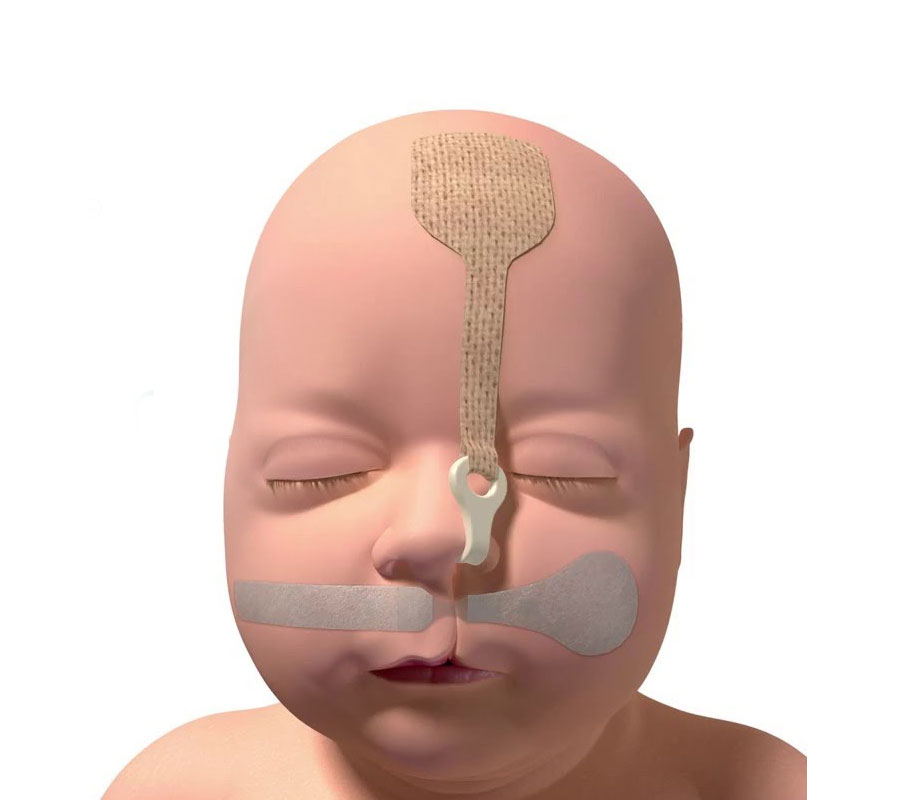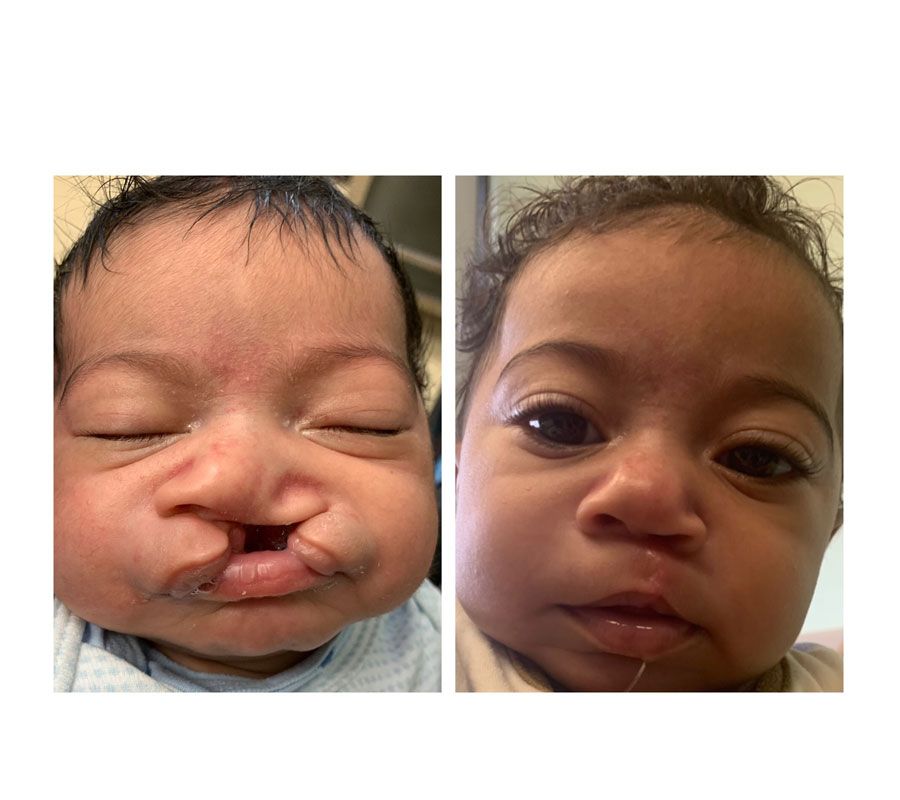Cleft lip and cleft palate are facial and oral deformities that happen from the initial pregnancy, while the infant is developing inside the mother. Clefting happens when there isn’t sufficient tissue in the mouth or lip zone, and the accessible tissue doesn’t consolidate appropriately.
A cleft lip is a physical part or division of the different sides of the upper lip and shows up as a limited opening or hole in the skin of the upper lip. This partition often reaches out past the base of the nose and incorporates the bones of the upper jaw and additionally upper gum. A cleft palate is a port or opening in the top of the mouth. A cleft palate can include the hard sense of taste (the hard front part of the top of the mouth), as well as the delicate sense of taste (the delicate back segment of the top of the mouth).
A cleft palate can happen on one of the two sides of the mouth. Since the lip and the sense of taste grow independently, it is conceivable to have a cleft palate without a cleft palate or both together.
Cleft Lip and Cleft Palate Diagnosis:
Since clefting causes extremely clear physical changes, a cleft lip or cleft palate is extremely easy to analyze. Pre-birth ultrasound can once in a while decide whether a split exists in an unborn kid. If the clefting has not been identified in an ultrasound preceding the infant’s birth to the world, a physical test of the mouth, nose, and sense of taste confirms the cleft lip after a child’s birth to the world. Sometimes symptomatic testing might lead to deciding or detecting abnormalities.
Cleft Treatment:
Treatment for a cleft lip/cleft palate for the most part includes reconstructive medical procedures and a few key support administrations.
Here at Dr. Jamila’s clinic, our Cleft Lip and Palate Program utilizes a multidisciplinary group approach — not exclusively to fix the kid’s particular deformity, yet in addition to addressing any related complications.
While your child’s treatment plan will rely upon his conditions — just as your family’s inclinations — here are the fundamentals of rewarding cleft lip/cleft palate:


